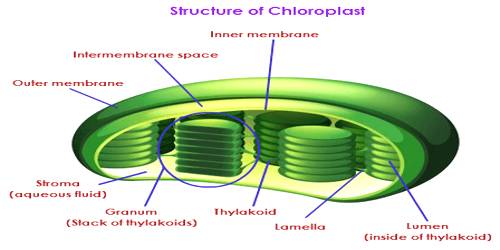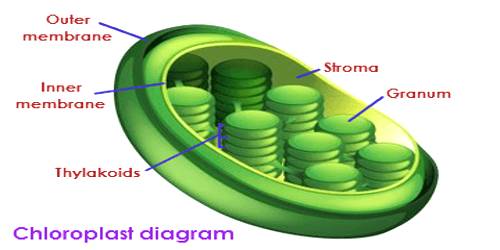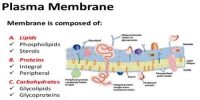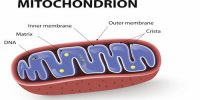Chloroplast: They possess green pigments named chlorophyll in surplus as an effect they are green. Other pigments are also present to some extent. Every cell might contain one or more chloroplast. In higher plants the shapes of the chloroplast are lanceolate. In Algal cells, their shapes are of various types, e.g. cup-shaped, spiral, reticulate, star-shaped, semicircular etc. Animal cells do not have chloroplasts. Chloroplasts work to convert light energy of the Sun into sugars that can be used by cells.
Structure of chloroplast: The following parts make Chloroplast:
- It is roughly 1–2 μm (1 μm = 0.001 mm) thick and 5–7 μm in diameter.
- A bi-layered semipermeable membrane surrounds the whole chloroplast. It is composed of protein and lipid. This is called lipoprotein.
- A hygroscopic matrix surrounded by a membrane is there. This matrix is called stroma.
- In the stroma, 40-80 well-arranged barrel-shaped grana (sing: granum) are present. In one granum there is 5-25 granum disc. Inside the granum disc, there are spaces. Probably chlorophyll and other photosynthetic materials are present in this chamber.
- Some granum discs of two adjacent grana are connected by minute tubular bodies, which are called stroma lamellae.

Function: Its function is to arrange carbohydrate food by the procedure photosynthesis. Chloroplasts work to convert light energy of the Sun into sugars that can be used by cells. The entire procedure is called photosynthesis and it all depends on the little green chlorophyll molecules in each chloroplast.














